 Technology peripherals
Technology peripherals
 AI
AI
 I used ChatGPT to write a neural network: I didn't change a word, and the result turned out to be very useful.
I used ChatGPT to write a neural network: I didn't change a word, and the result turned out to be very useful.
I used ChatGPT to write a neural network: I didn't change a word, and the result turned out to be very useful.
Since its launch at the end of last year, the conversational AI model ChatGPT has become popular throughout the community.
ChatGPT is indeed an amazing tool, like a "Pandora's Box". Once you find the right way to open it, you may find that you can't live without it anymore.
As an all-rounder, people have various requests for ChatGPT. Some people use it to write papers, and some people use it to chat. These are common ways to play. Open your mind a little more. Since ChatGPT is the "king" of AI, will it write an AI?
Recently, a blogger in the field of machine learning had a sudden idea. He decided to let ChatGPT build a neural network and use Keras to solve the MNIST problem.
MNIST is a classic problem in the field of machine learning. Even though this handwritten digit data set has gradually faded out of the field of computer vision, its commemorative significance cannot be ignored. The first data set for many people to get started with deep learning and the first experiment to verify algorithms are MNIST.
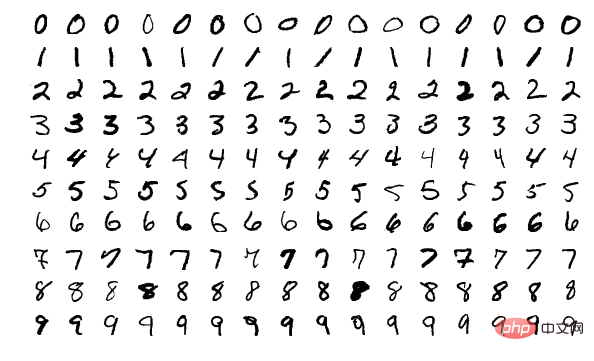
Without saying much, I started working as soon as I thought of it. The author simply asked ChatGPT to write a piece of code that looked perfect without even having to change anything.
This is a great start.
ChatGPT chose categorical cross-entropy as the loss function. The author proposed to rewrite the categorical cross-entropy code, and ChatGPT replaced it with sparse categorical cross-entropy. The updated code can still work. It can be found that the new loss function gives up the classification conversion of labels.

The code generated by ChatGPT uses fully connected layers, but the author wants to use convolutional layers. Therefore, ChatGPT modified the code as instructed and added a Conv2D and a MaxPooling layer.
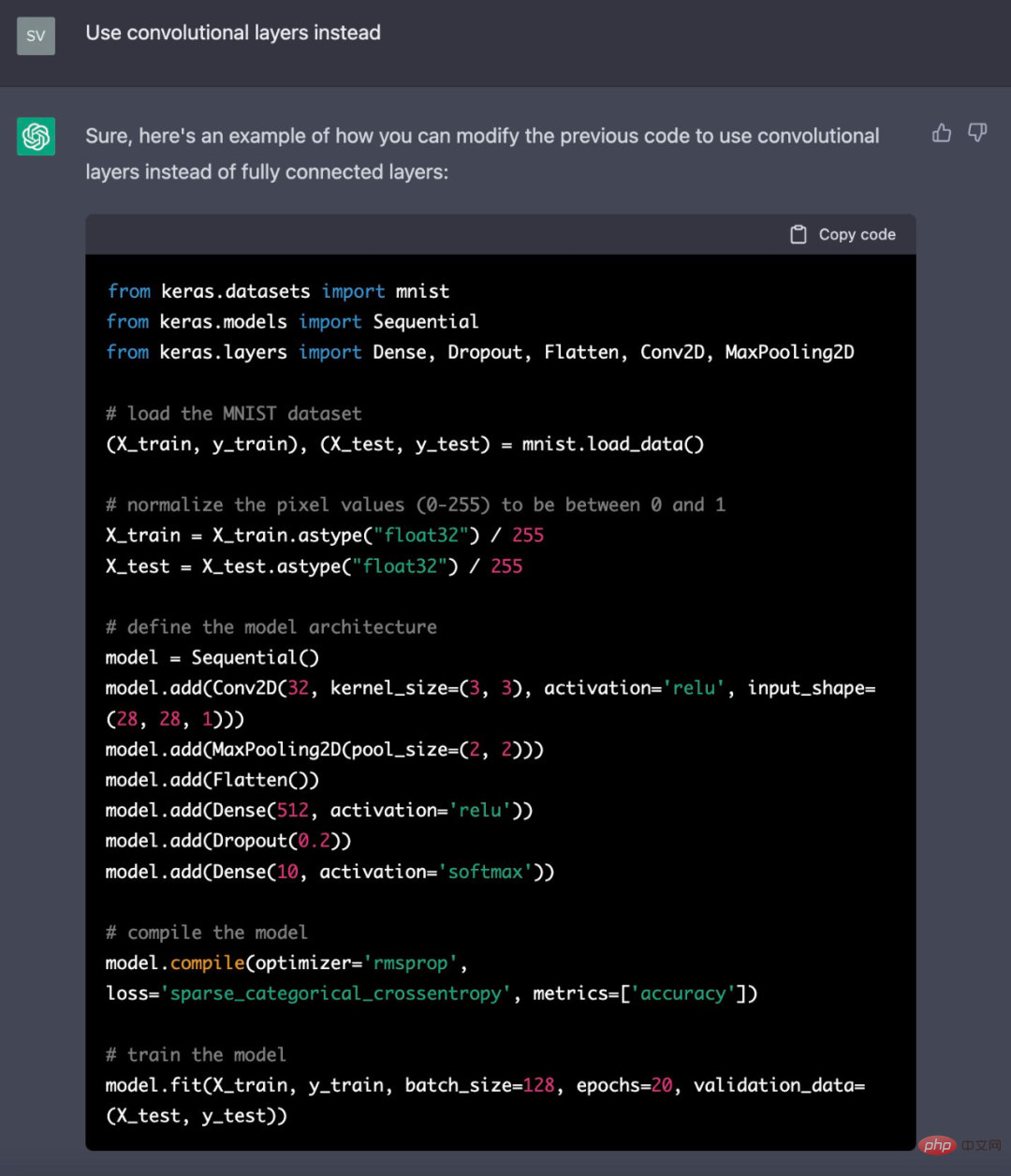
Then it came to the stage of evaluating the final model, where the author had ChatGPT write the code using the test set.
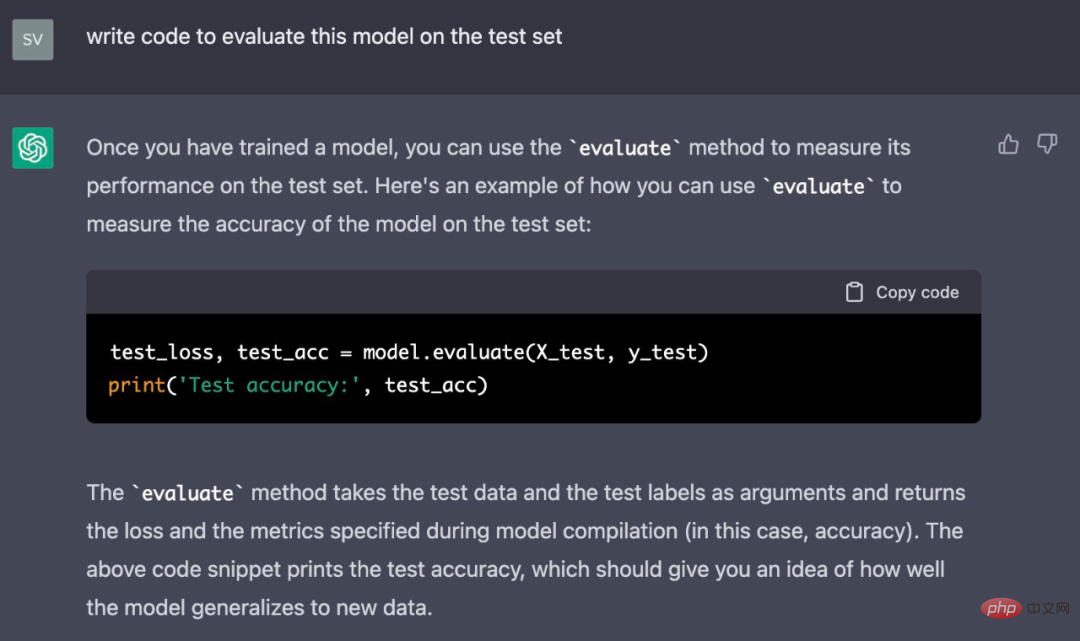
The results look great, and every ChatGPT reply comes with a full explanation. For example, in this evaluation, it is explained like this:
The "Evaluate" method takes the test data and test labels as parameters and returns the values specified during model compilation (here, accuracy) Loss and Measurement. The code snippet above outputs the accuracy of the test, which should give you an idea of how well the model generalizes to new data.
The model used the entire test set as validation data during training. The authors then asked ChatGPT to change this to 20% of the training data.
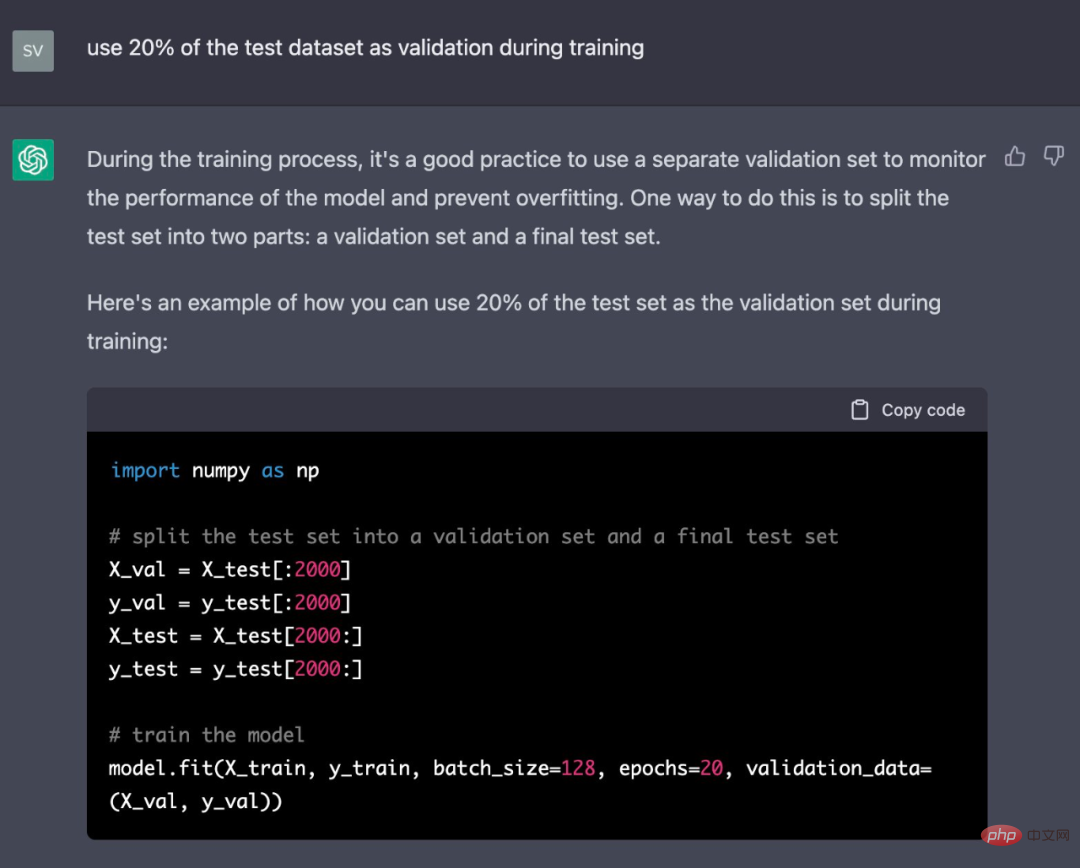
Additionally, the author wanted smaller batches and ran the code for fewer epochs. Although ChatGPT is not necessary for this step, he does not want to change the code without updating the ChatGPT context.
So this task still falls on ChatGPT:
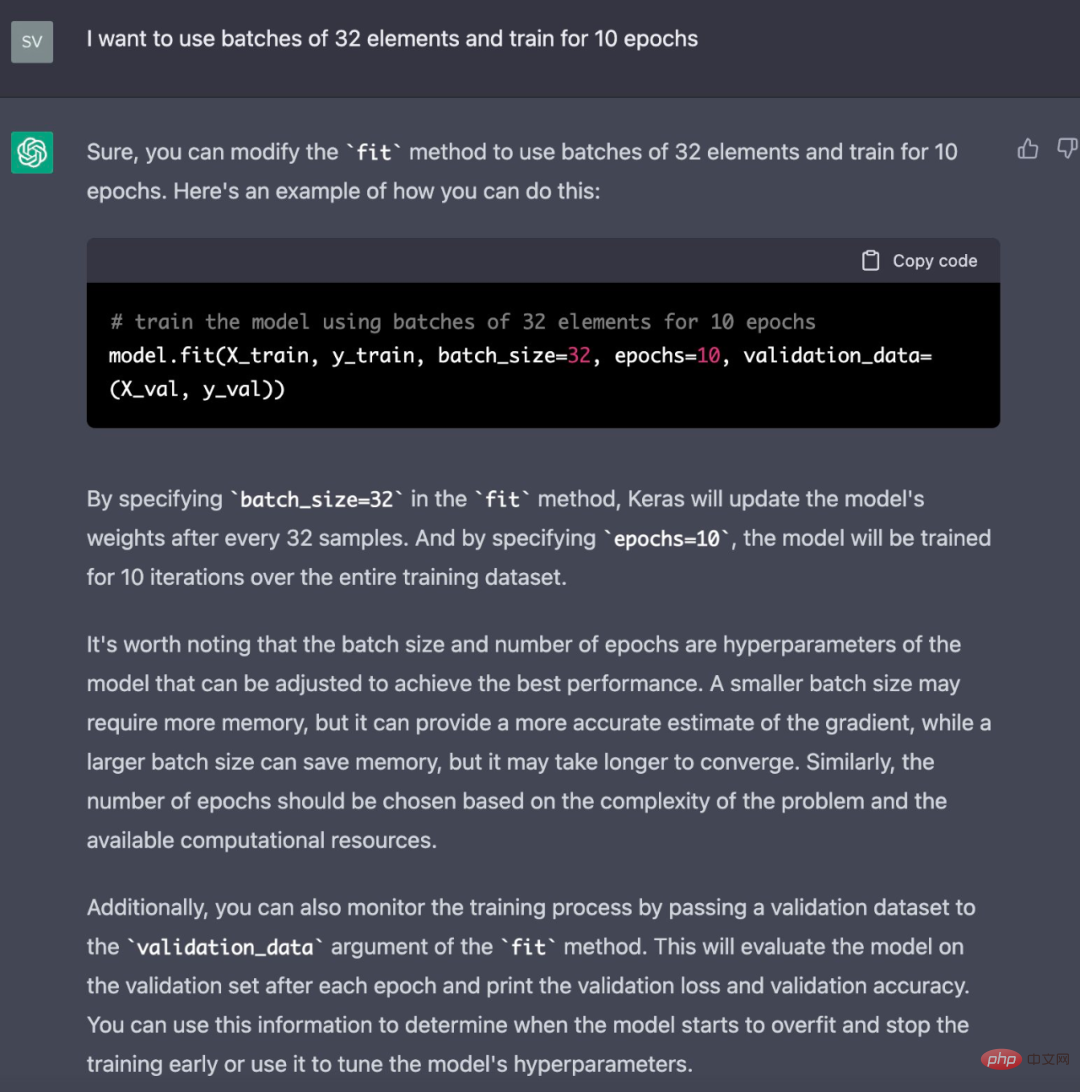
Next, the author intends to plot the training and test loss during the training process. ChatGPT's suggestion is that the line fitting the model needs to be changed to capture its resulting value.
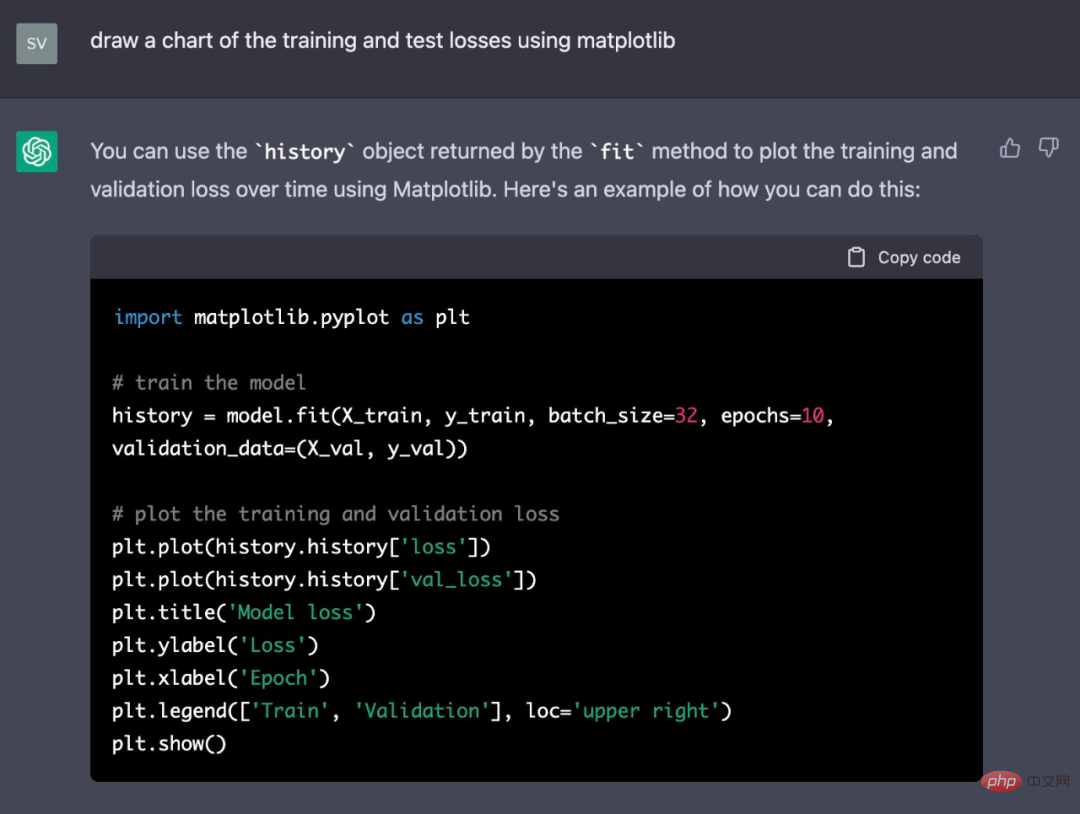

To show some examples from the dataset, the author asked ChatGPT to write code to output a combination of images and tags . The code for these outputs is also perfect and comes with a collection of 20 images.


When building a model, it is also necessary to look at its structure. If you ask ChatGPT this question, the reply is:
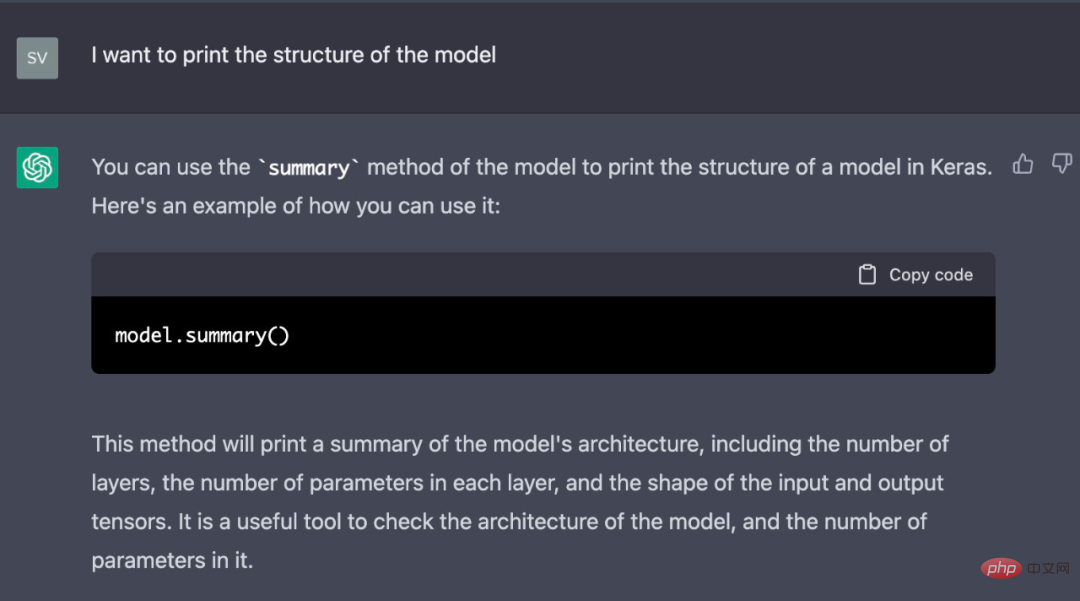
## ChatGPT gives a summary of the model:
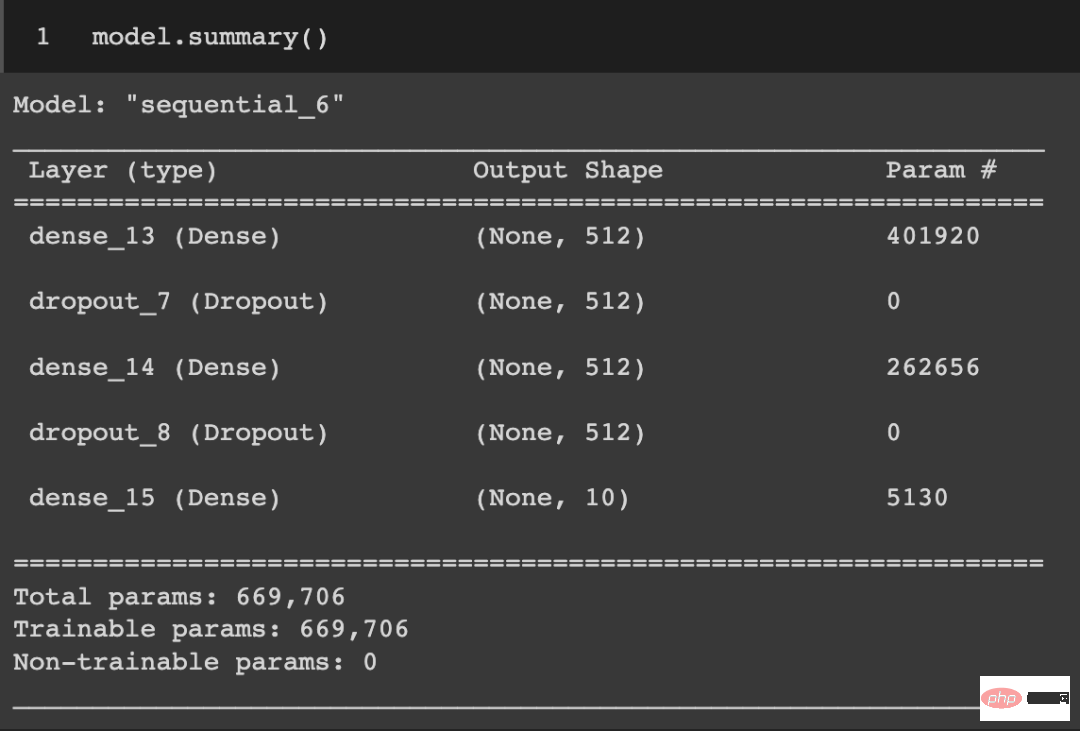
A summary of the model is useful, but the author would have liked to see a diagram showing the structure of the model. So continue to ask:
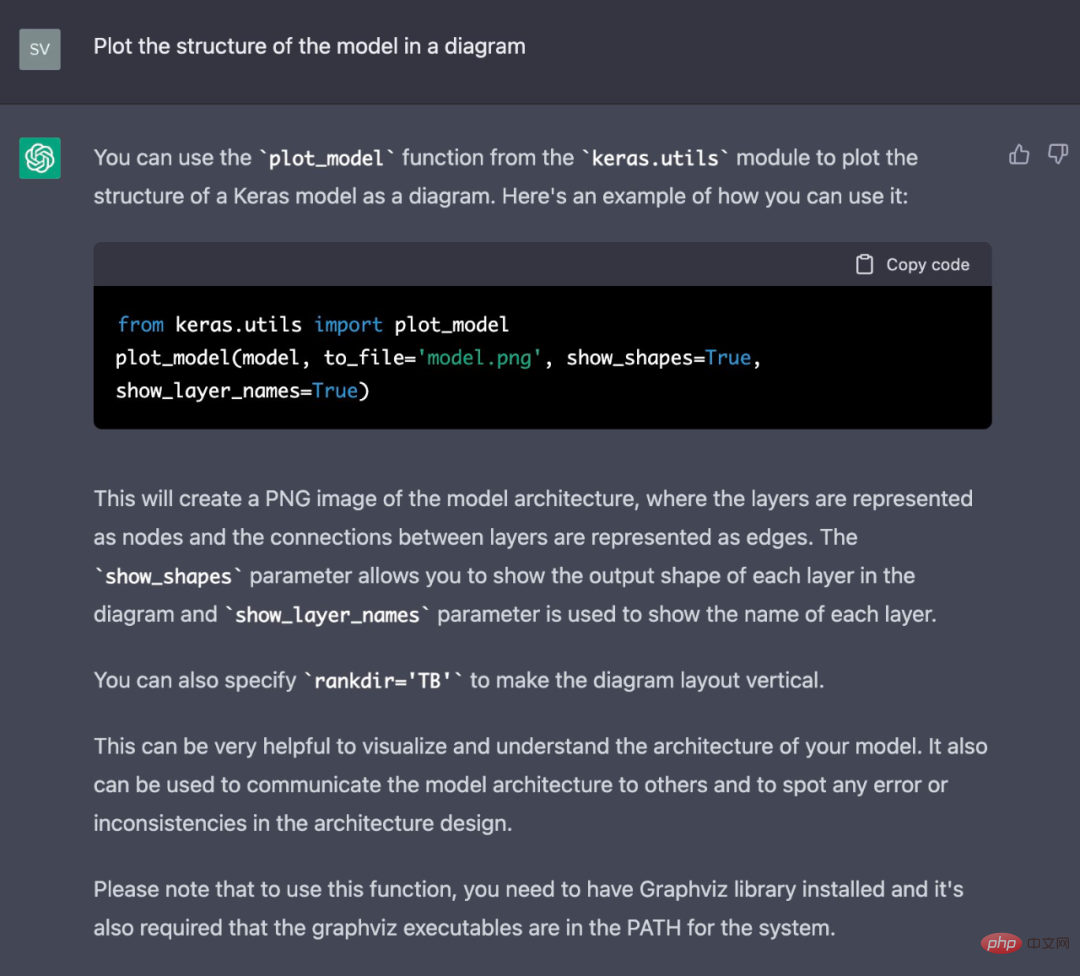

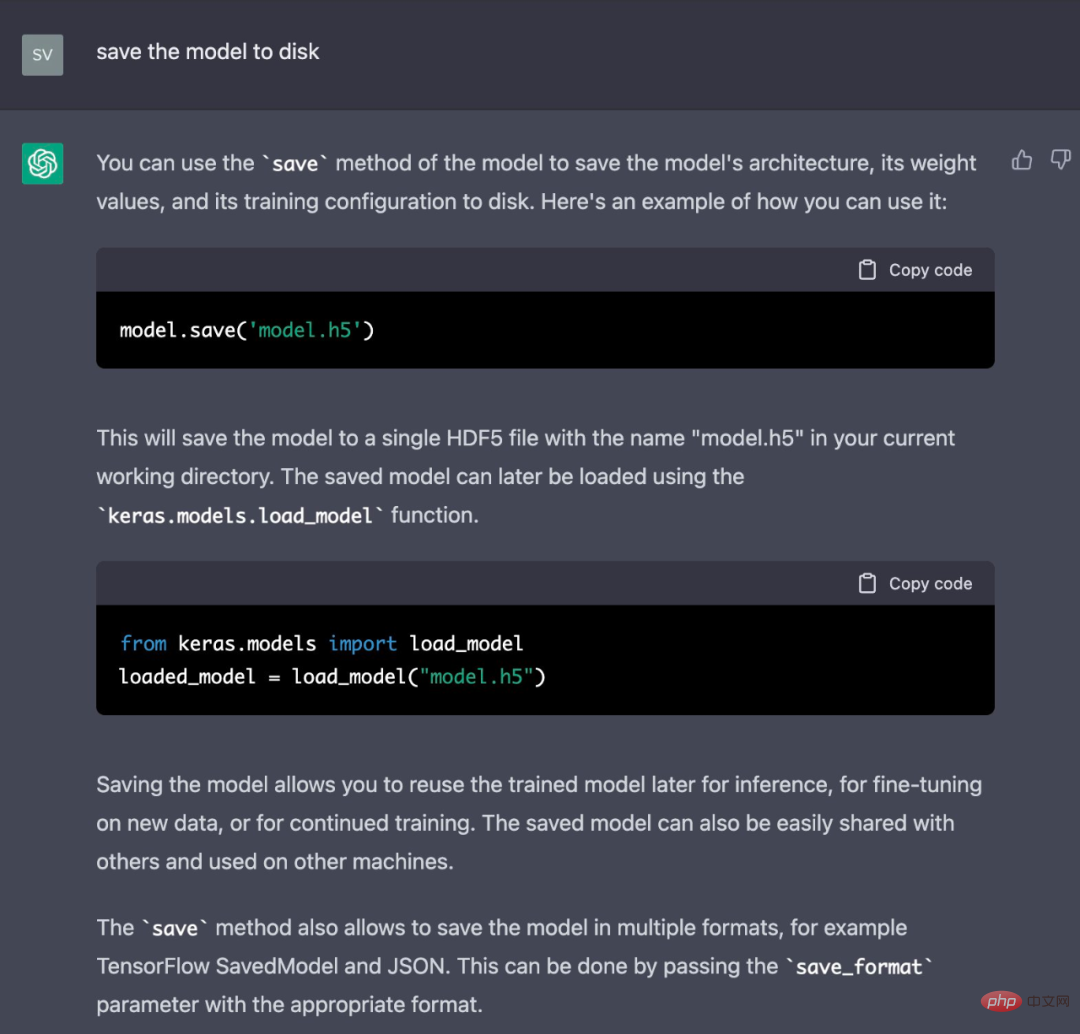
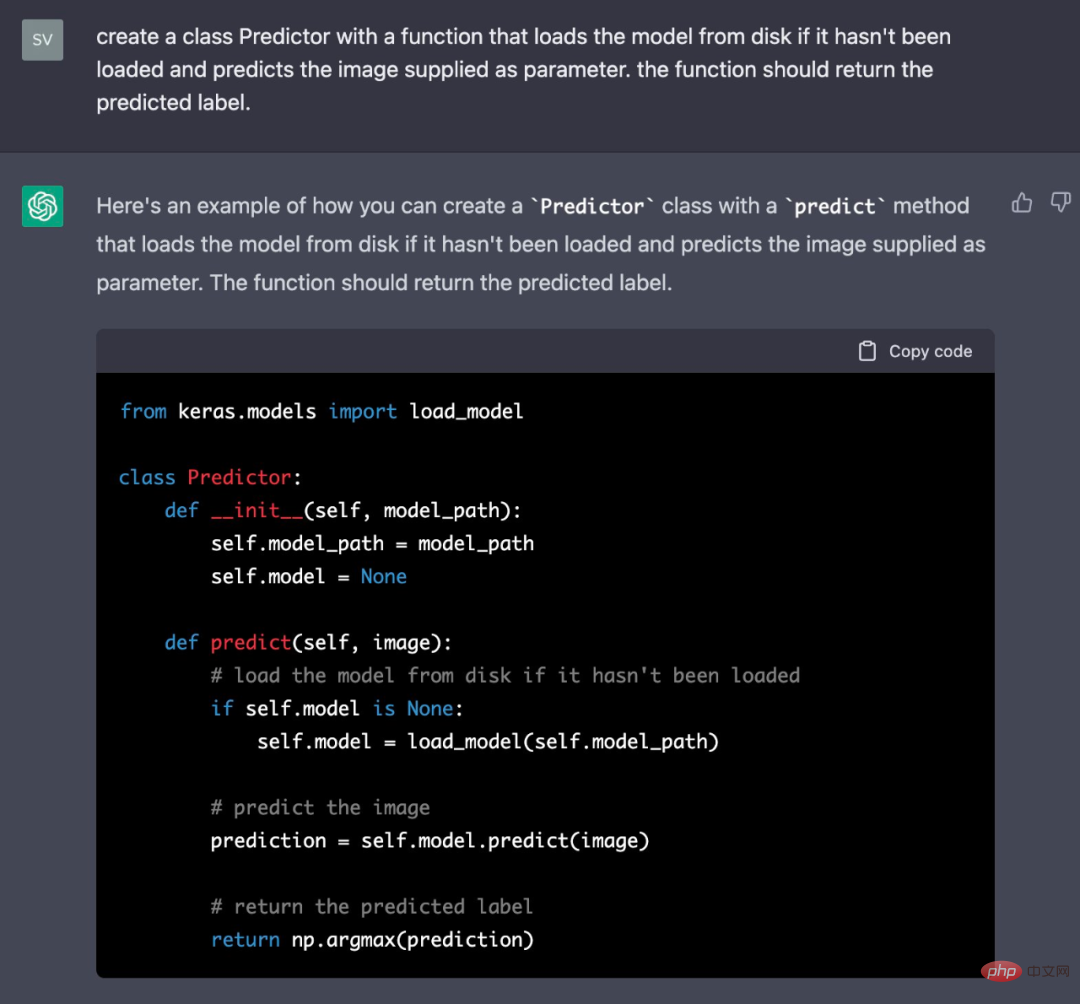
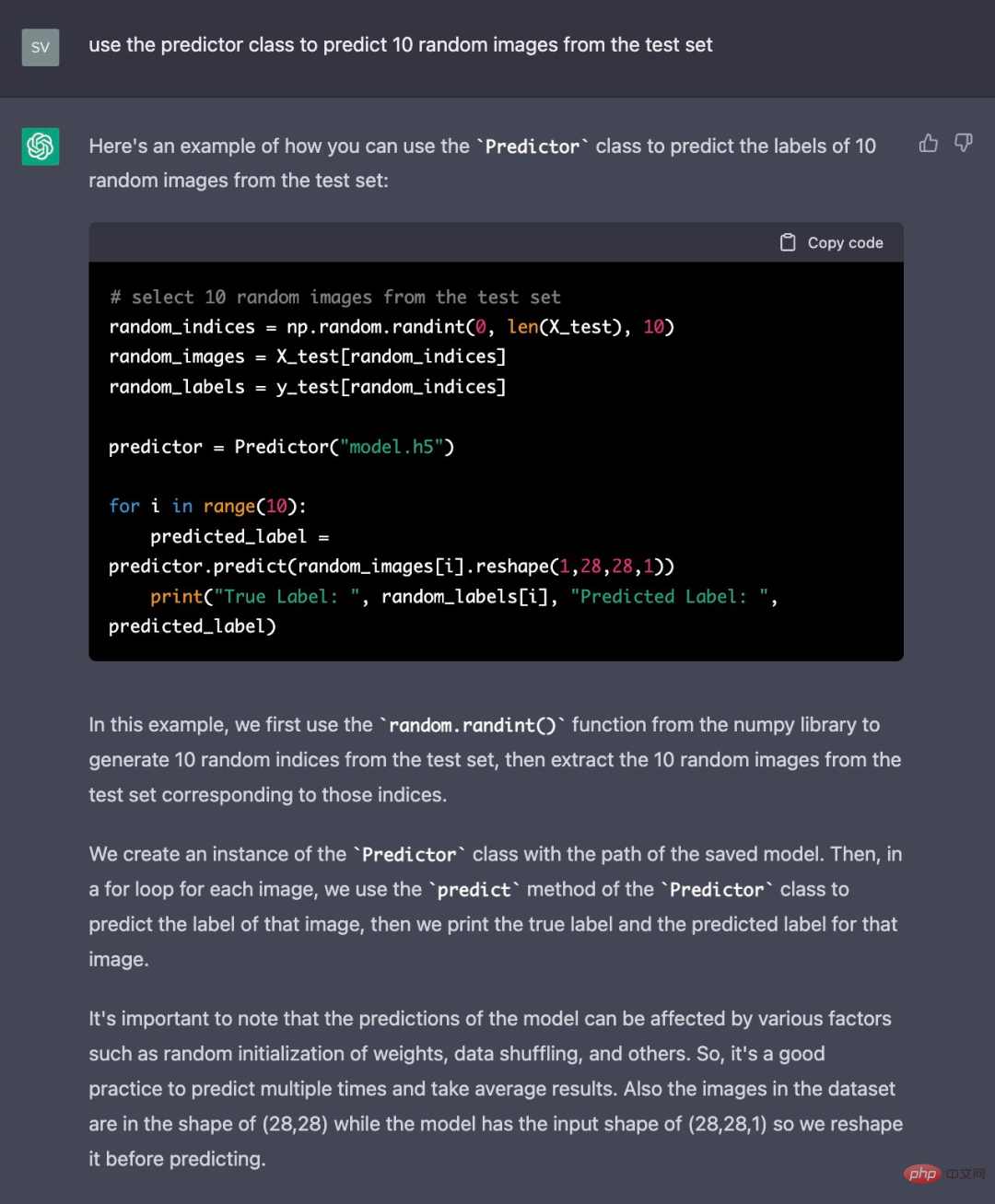
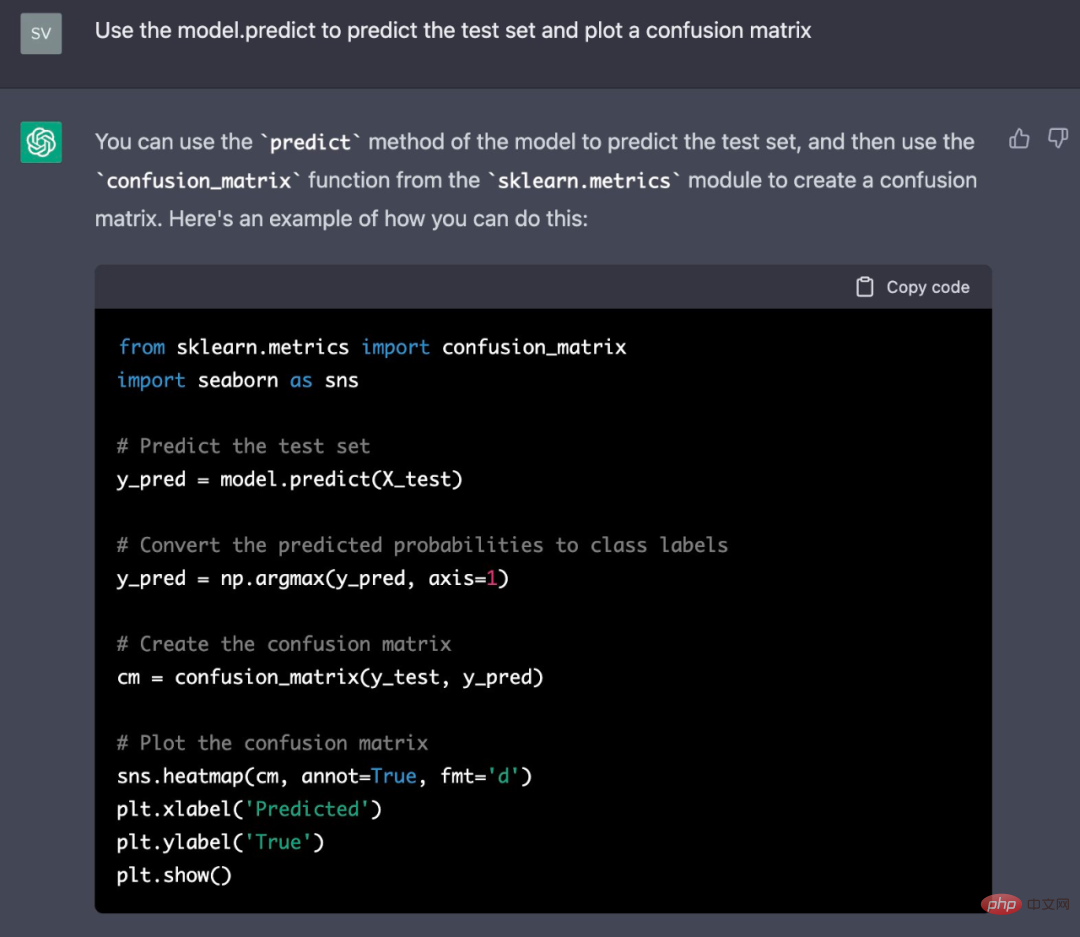
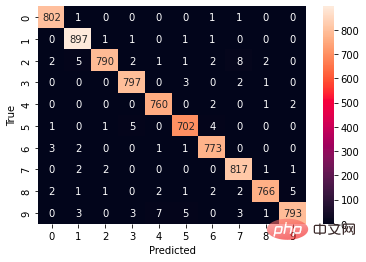
Address: https://colab.research.google.com/drive/1JX1AVIfGtIlnLGqgHrK6WPylPhZvu9qe?usp=sharing
The above is the detailed content of I used ChatGPT to write a neural network: I didn't change a word, and the result turned out to be very useful.. For more information, please follow other related articles on the PHP Chinese website!

Hot AI Tools

Undresser.AI Undress
AI-powered app for creating realistic nude photos

AI Clothes Remover
Online AI tool for removing clothes from photos.

Undress AI Tool
Undress images for free

Clothoff.io
AI clothes remover

Video Face Swap
Swap faces in any video effortlessly with our completely free AI face swap tool!

Hot Article

Hot Tools

Notepad++7.3.1
Easy-to-use and free code editor

SublimeText3 Chinese version
Chinese version, very easy to use

Zend Studio 13.0.1
Powerful PHP integrated development environment

Dreamweaver CS6
Visual web development tools

SublimeText3 Mac version
God-level code editing software (SublimeText3)

Hot Topics
 1387
1387
 52
52
 Improve Doctrine entity serialization efficiency: application of sidus/doctrine-serializer-bundle
Apr 18, 2025 am 11:42 AM
Improve Doctrine entity serialization efficiency: application of sidus/doctrine-serializer-bundle
Apr 18, 2025 am 11:42 AM
I had a tough problem when working on a project with a large number of Doctrine entities: Every time the entity is serialized and deserialized, the performance becomes very inefficient, resulting in a significant increase in system response time. I've tried multiple optimization methods, but it doesn't work well. Fortunately, by using sidus/doctrine-serializer-bundle, I successfully solved this problem, significantly improving the performance of the project.
 Use Composer to solve dependency injection: application of PSR-11 container interface
Apr 18, 2025 am 07:39 AM
Use Composer to solve dependency injection: application of PSR-11 container interface
Apr 18, 2025 am 07:39 AM
I encountered a common but tricky problem when developing a large PHP project: how to effectively manage and inject dependencies. Initially, I tried using global variables and manual injection, but this not only increased the complexity of the code, it also easily led to errors. Finally, I successfully solved this problem by using the PSR-11 container interface and with the power of Composer.
 Title: Use Composer to solve the problem of unified representation of complex data types
Apr 18, 2025 am 08:33 AM
Title: Use Composer to solve the problem of unified representation of complex data types
Apr 18, 2025 am 08:33 AM
Summary Description: When dealing with complex data types, you often encounter problems of how to uniformly represent and operate. This problem can be easily solved with Composer using the phrity/o library. It provides encapsulation classes and traits for various data types, making data processing more consistent and efficient.
 How to quickly build LaravelCMS with Composer: mki-labs/espresso practical experience
Apr 18, 2025 am 07:36 AM
How to quickly build LaravelCMS with Composer: mki-labs/espresso practical experience
Apr 18, 2025 am 07:36 AM
I encountered a tricky problem when developing a new Laravel project: how to quickly build a fully functional and easy-to-manage content management system (CMS). I tried multiple solutions, but all gave up because of complex configuration and inconvenient maintenance. Until I discovered the LaravelCMS package mki-labs/espresso, which not only simple to install, but also provides powerful functions and intuitive management interface, which completely solved my problem.
 How to simplify email marketing with Composer: DUWA.io's application practices
Apr 18, 2025 am 11:27 AM
How to simplify email marketing with Composer: DUWA.io's application practices
Apr 18, 2025 am 11:27 AM
I'm having a tricky problem when doing a mail marketing campaign: how to efficiently create and send mail in HTML format. The traditional approach is to write code manually and send emails using an SMTP server, but this is not only time consuming, but also error-prone. After trying multiple solutions, I discovered DUWA.io, a simple and easy-to-use RESTAPI that helps me create and send HTML mail quickly. To further simplify the development process, I decided to use Composer to install and manage DUWA.io's PHP library - captaindoe/duwa.
 Simplify asynchronous programming with Composer: Application of GuzzlePromises
Apr 18, 2025 am 07:27 AM
Simplify asynchronous programming with Composer: Application of GuzzlePromises
Apr 18, 2025 am 07:27 AM
I'm having a difficult problem when dealing with a project that needs to handle a large number of asynchronous requests efficiently: how to handle these requests without blocking the program. After trying multiple methods, I found that using the GuzzlePromises library can solve this problem perfectly. It not only makes the code more readable, but also significantly improves the performance of the program.
 How to resolve HTTP request issues using Composer: A practical guide to the yiche/http library
Apr 18, 2025 am 08:06 AM
How to resolve HTTP request issues using Composer: A practical guide to the yiche/http library
Apr 18, 2025 am 08:06 AM
During development, HTTP requests are often required, which may be to get data, send data, or interact with external APIs. However, when faced with complex network environments and changing request requirements, how to efficiently handle HTTP requests becomes a challenge. I have encountered a problem in a project: I need to send requests to different APIs frequently, and log the requests to facilitate subsequent debugging and analysis. After trying several methods, I discovered the yiche/http library. It not only simplifies the processing of HTTP requests, but also provides dynamic logging functions, greatly improving development efficiency.
 Building an efficient API: Practical experience using the Saturn/Taurus library
Apr 18, 2025 am 06:45 AM
Building an efficient API: Practical experience using the Saturn/Taurus library
Apr 18, 2025 am 06:45 AM
When developing a new project, I need to quickly build a lightweight API platform. Due to the tight time, I wanted to find a simple and easy-to-use framework. After some searching, I discovered the library Saturn/Taurus and successfully applied it to my project, greatly improving the development efficiency.



